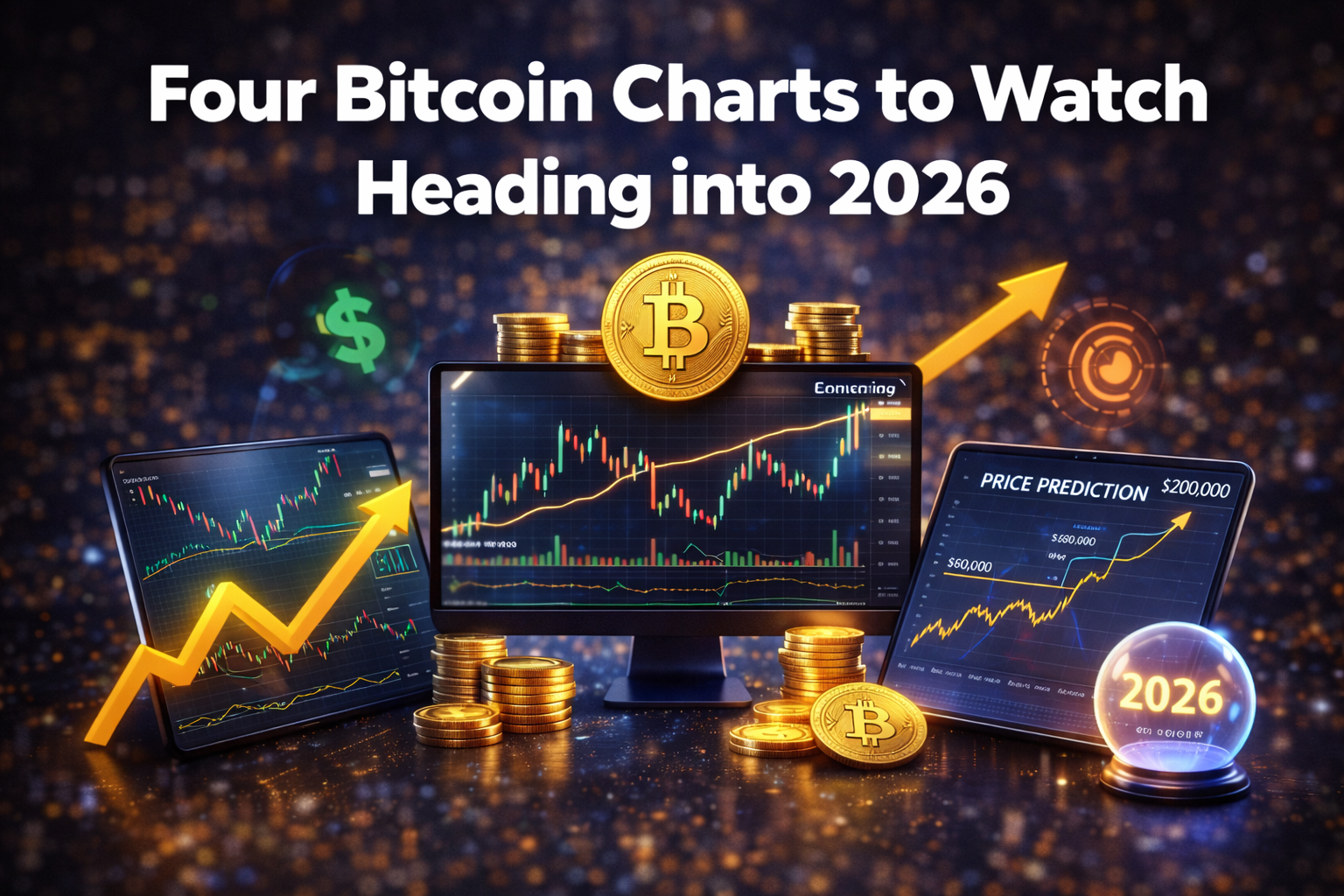Table of Contents
15 years ago, Bitcoin was an obscure digital token today is known around the world and has become a significant player within the financial space and is a story of innovation, speculation, and evolution. Over the last 15 years, as Bitcoin’s influence has grown, so has the importance of understanding its relationship with traditional currencies, especially the US Dollar (USD), especially in context to its valuation.
This article offers a historical view of the price of Bitcoin over the last 15 years and explores how this relationship has evolved and what it signifies for crypto investors.
The Genesis of Bitcoin
Bitcoin was introduced in 2009 by a mysterious individual by the name of Satoshi Nakamoto. In the beginning, the value of Bitcoin was negligible with the focus on the underlying blockchain technology and its potential to disrupt traditional financial systems. The first time a recognized financial transaction took place in exchange for Bitcoin was in May 2010, when Laszlo Hanyecz made the famous purchase of two pizzas for 10,000 BTC. At that time, the transaction was more a novelty than a real financial transaction, but it marked the first step in the valuation of BTC in real-world terms.
The Rise of Bitcoin
The next few years saw Bitcoin gain attention from a niche group of developers miners, tech enthusiasts, and libertarians. However, it wasn't until 2013 that Bitcoin hit significant valuation milestones in USD. The price surged from around $13 in January 2013 to its peak of over $1,100 by November of the same year. This time was marked by the growing interest of speculative investors and the advent of cryptocurrency exchanges, making BTC to USD transactions more accessible and transparent to a worldwide audience.
Regulation & Volatility
However, it’s important to realize that the rise in Bitcoin’s popularity and price hasn’t been smooth. It has been marked by periods of extreme volatility, driven by factors such as regulatory news, security breaches at cryptocurrency exchanges, and shifting market sentiments about the future of cryptocurrency..
For example, the collapse of Mt. Gox in 2014, which was the largest Bitcoin exchange at the time, led to a significant drop in the price of Bitcoin. However, as we would begin to see, each downturn in the price of Bitcoin was followed by recovery and growth, underscoring the resilience of Bitcoin's value and market price.
It’s also important to realize that the regulatory landscape has also played a significant role in Bitcoin's valuation. Initially, the lack of regulation was a double-edged sword; it attracted early adopters but also led to skepticism and outright rejection from traditional financial institutions. Over the years, especially as we are seeing today, as countries started to recognize and regulate cryptocurrencies, Bitcoin's legitimacy and, consequently, its valuation in terms of USD, began to solidify.
Mainstream Acceptance and Institutional Adoption
Bitcoin's real breakout in terms of mainstream acceptance began around 2017 when it started the year at around $1,000 and peaked at nearly $20,000. This period marked the beginning of broader institutional interest, with hedge funds, financial firms, and even public companies looking to Bitcoin as a potential asset for investment and a hedge against inflation and currency devaluation.
The introduction of futures contracts on major exchanges like the CME and the approval of ETFs further integrated Bitcoin with traditional financial markets, enhancing its legitimacy and making it easier for institutional investors to enter the market. These developments had a significant impact on the BTC to USD valuation, providing more stability and liquidity to the market.
The Era of “Digital Gold”
As Bitcoin continues to mature, its characterization has shifted from a purely speculative asset to a store of value, often termed "digital gold." In these times of economic uncertainty, like the COVID-19 pandemic, Bitcoin has increasingly been compared to gold as a “safe haven” for investors. The finite supply of Bitcoin, limited to 21 million Bitcoins is akin to the scarcity of gold, gives it an inherent value, and also offers crypto investors a hedge against inflation and currency devaluation.
Investors seeking alternative blockchain assets with long-term potential might consider options like buy cardano on Paybis as part of a diversified portfolio.
Looking Forward
The historical perspective of BTC to USD valuation is a narrative of growth, resilience, and increasing integration with the traditional financial system. While volatility remains a characteristic of Bitcoin's market, the overarching trend is one of increasing acceptance, legitimacy, and stability. As we move forward, the journey of BTC to USD valuation will continue to be a significant indicator of the overall cryptocurrency market and the place that it holds within the global financial landscape.
The valuation of BTC to USD is not just a number—this number reflects the growing intersection between the innovative world of cryptocurrencies and a new and emerging financial system that includes blockchain technology. It signifies the market's trust, speculative interest, regulatory environment, and the evolving narrative of Bitcoin from a niche digital token to a mainstream financial asset. It’s for this reason that understanding the history of Bitcoin and its relationship to its valuation as well as its historical context is crucial when looking to navigate the complex and dynamic world of cryptocurrency investment.






